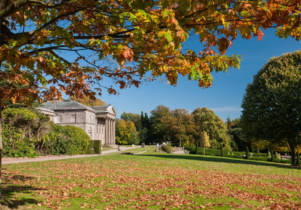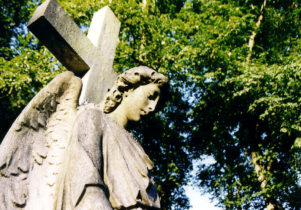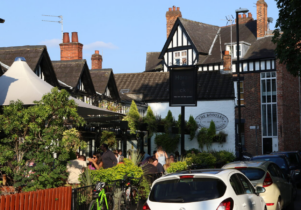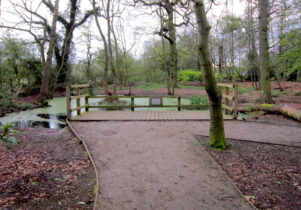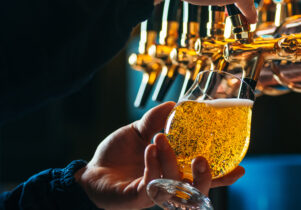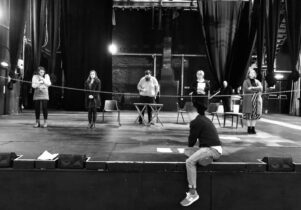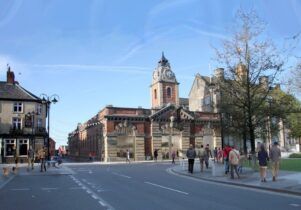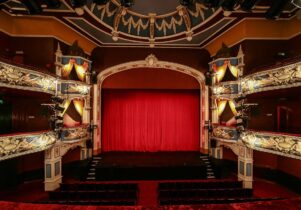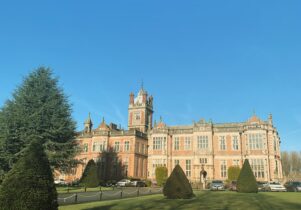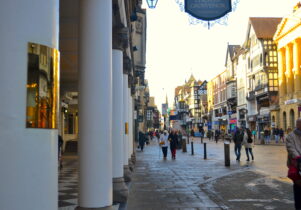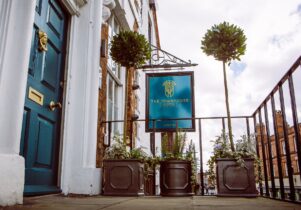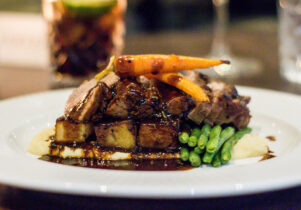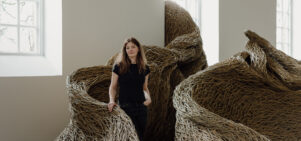Crewe Hall
Vicky Andrews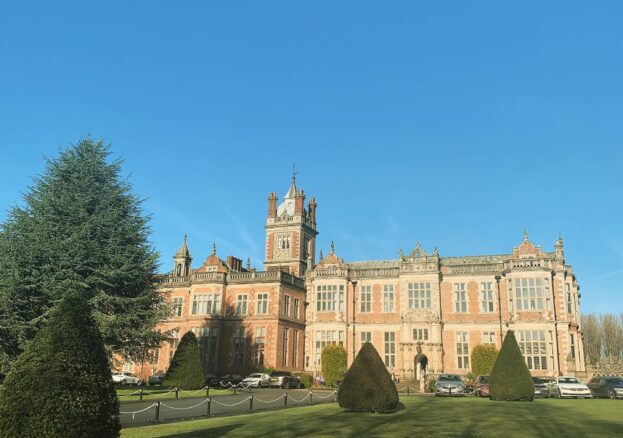
No matter which direction you approach Crewe Hall from, the first impressions of this magnificent 17th century mansion will be a ‘wow’ moment. This part of England boasts a wealth of grandiose stately homes and Crewe Hall is no exception, a Grade I listed hotel surrounded by beautifully landscaped gardens.
This iconic building once hosted royalty and now welcomes guests looking for a totally unique stay in the heart of Cheshire. The original hall was Jacobean, built from 1615 – 1636 by Ranulph Crewe, son of a Nantwich merchant. The general style owes much to the Flemish and Italian craftsmen who worked on the redevelopment of the mansion in the early 17th century. Further restoration between 1860 and 1870 (after a wooden beam caught fire and set alight the Long Gallery) saw much of the mid-Victorian ornamentation replaced by alabaster, marble and stained glass windows. Keep your eyes peeled in the reception hall for the monumental fireplace with the word ‘Welcome’ carved above the Crewe Insignia.
Has Crewe Hall Hotel retained its historic grandeur? The short answer is yes. A maze of art and architecture with grand stairways, wood panelling, stained glass and character rooms, every nook and cranny is drenched in history. Hotel bedrooms are split between the old building and a vast modern annexe. If you have a strong preference between an elegant suite with a four poster bed and a contemporary bedroom in the new wing, then make sure you say that when booking.
The new part of the hotel is impressive in its own way, with a restaurant, bar and leisure facilities, including heated swimming pool, sauna, steam room, Jacuzzi and relaxation lounge. The Brasserie serves contemporary classics and does an excellent breakfast, while The Sheridan Lounge offers that quintessential British tradition of afternoon tea.
Service exceeds what you’d expect from a four-star hotel and staff here simply can’t do enough for you. There’s even a written hotel guide that enables you to cover your own walking tour. The transition from 17th century splendour to 21st century innovation is unusual, but entertaining; an intriguing mix of historic tradition and present-day richness.
